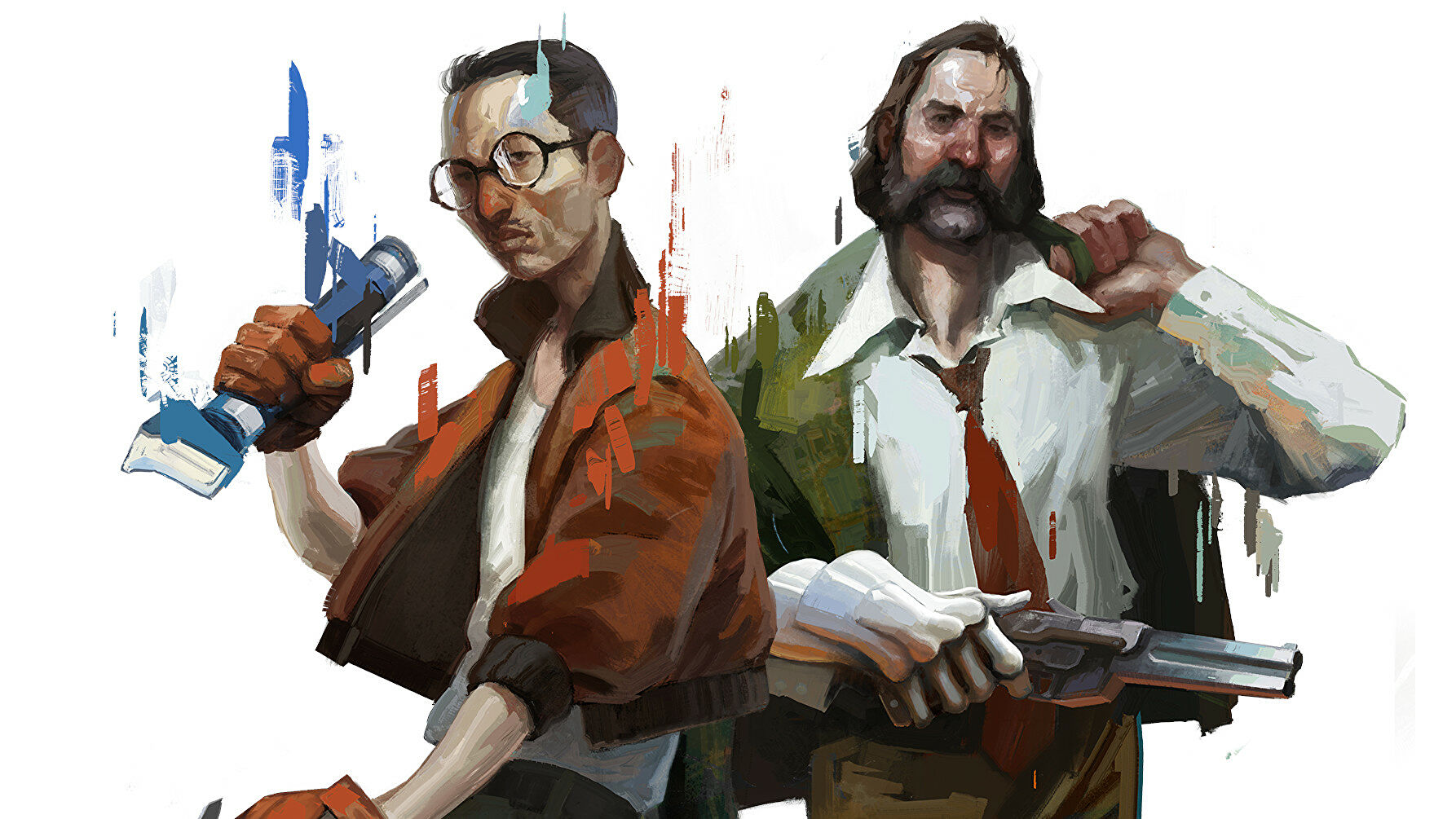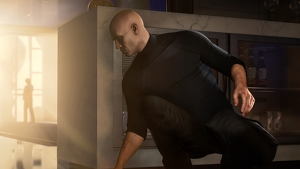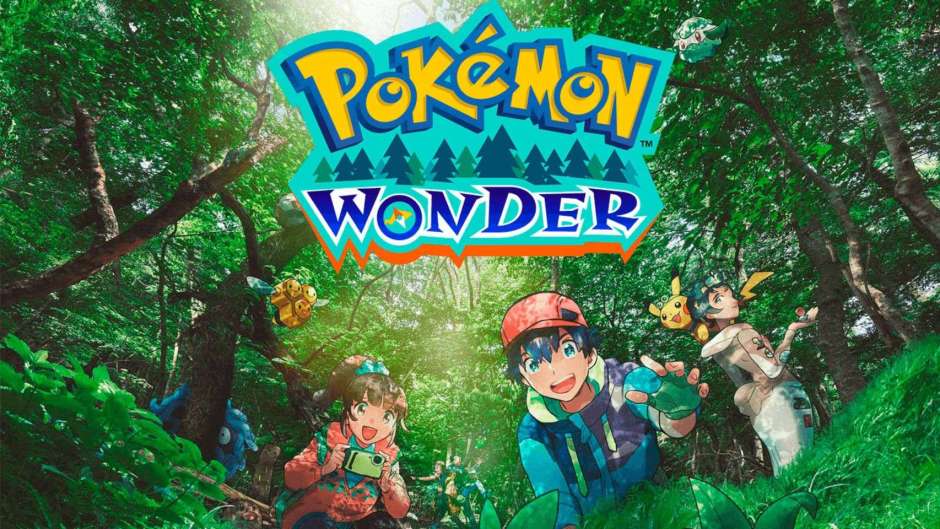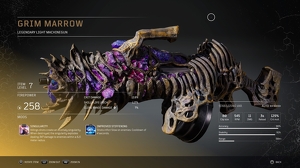I couldn’t get into Breath of the Wild and I couldn’t get into Ocarina of Time. I’ve had zero luck with 3D Zeldas, but I get why they’re popular and beloved. I used to boot up Breath of the Wild simply to throw things into the cooking pot for that sweet jingle. It’s teeming with satisfying little quirks, but it just didn’t click for me. 2D Zelda, on the other hand, is my jam. I love A Link to the Past, Link’s Awakening, and even the original ‘80s release. Given that we’ve been on a 3D high for so long, maybe it’s time to return to that classic approach.
The last 2D Zelda was released in 2004 – The Minish Cap. It was followed by Twilight Princess, Phantom Hourglass, Spirit Tracks, Skyward Sword, A Link Between Worlds, Tri Force Heroes, and Breath of the Wild. Now, we have a sequel to the latter on the way. 2D Zelda seems to have died out, but that’s because 2D as a whole has seemingly been tossed to the wayside. Even now, remakes of 2D games opt to 3Dize them (if that isn’t a term, it is now). When I say that Nintendo should release another 2D game, I’m not talking about a remaster or remake or even the style of the 2D games but in 3D a la Link’s Awakening for the Switch. I’m talking flat, 2-dimensional sprites – the whole kaboodle.
RELATED: Breath Of The Wild 2 Shouldn’t Fix Its Weirder Design Decisions
The classic approaches weren’t bad or archaic. It’s a common misconception. They often had janky controls, poor accessibility, or even overly difficult game design – but the aesthetic was never to blame. The industry has ironed out a lot of these creases over the years to create much smoother experiences, and the indie space is proof enough that 2D doesn’t mean old and obtuse. The Binding of Isaac takes the original Zelda and makes it a roguelike, even sharing its UI, dungeon format, and item pickup animation – the inspirations ooze. Undertale is a 2D RPG that has combat expressed through a small box that has you avoiding the bullet-hell barrage – it doesn’t rely on fancy graphics. Little Dew is a more comedic Zelda that feels like an HD rendition of the classics with a quaint, cartoony art style. These are all iconic titles, despite not being 3D triple-A blockbusters. Meanwhile, when Nintendo wants to revive its classic library, it does so by modifying its 2D approach, 3Dizing them instead. Look no further than the upcoming Brilliant Diamond and Shining Pearl Pokemon games.
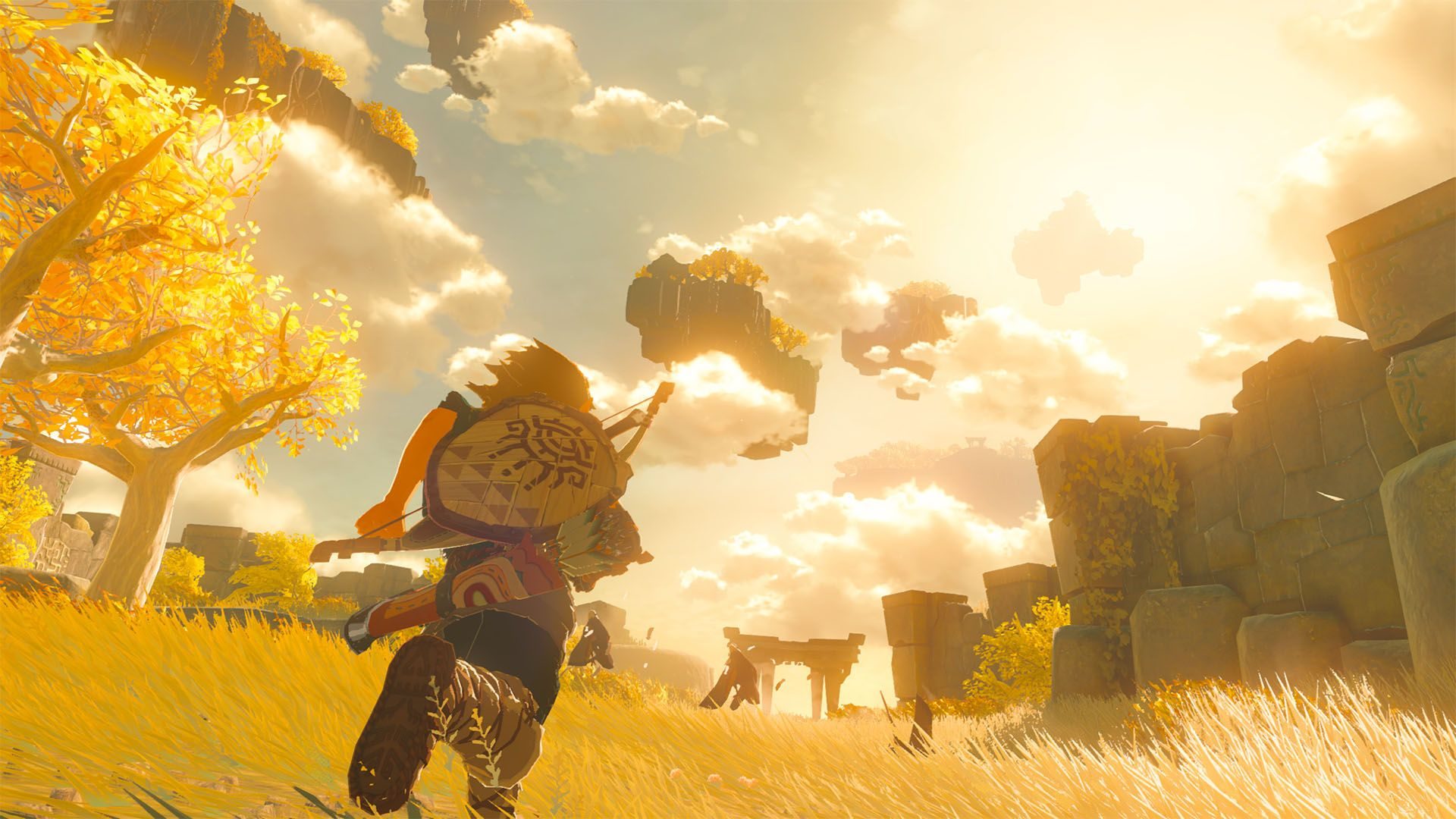
Breath of the Wild followed the evolution of RPGs across the industry – open-world, 3D, and filled with side objectives and little tidbits to do besides the main story. The difference was that it revolutionized open-world games, as evidenced by the titles it has since inspired like Genshin Impact, Immortals Fenyx Rising, and Horizon Forbidden West, but Nintendo’s been there and done that… twice now. Whatever comes after Breath of the Wild 2 will determine Zelda’s future trajectory in a rather significant way. For current generations, BOTW is what put the series on the map. I had friends that played the DS and Game Boy ones at school but it was never a part of my childhood. What really drew my eye to the series was BOTW. Granted, I’m 21 so in my age group, I’m no doubt an anomaly. I imagine that for those much younger, however, Zelda is known as that open-world jaunt on the Switch.
There’s nothing inherently wrong with that, but Zelda has always been a wonderfully diverse series. Not to the extent of Mario which has crossed all manner of genres in its years, but it is diverse all the same. It has shaped the RPG genre numerous times since the ‘80s, inspiring the likes of Dark Souls, Secret of Mana, Shadow of the Colossus, and now, the aforementioned Genshin Impact. You can see how much the RPG genre varies with Zelda’s inspirations alone and that’s telling. After Breath of the Wild 2, it needs to do something different again. Going back to the classics might not scream new. In fact, it sounds like a step back, aye? Well, that’s the thing. The triple-A space seems to be scared of its own history, desperate to move past it and become more cinematic, more graphically domineering. It’s all about tech and visual prowess. But art style is just as important.
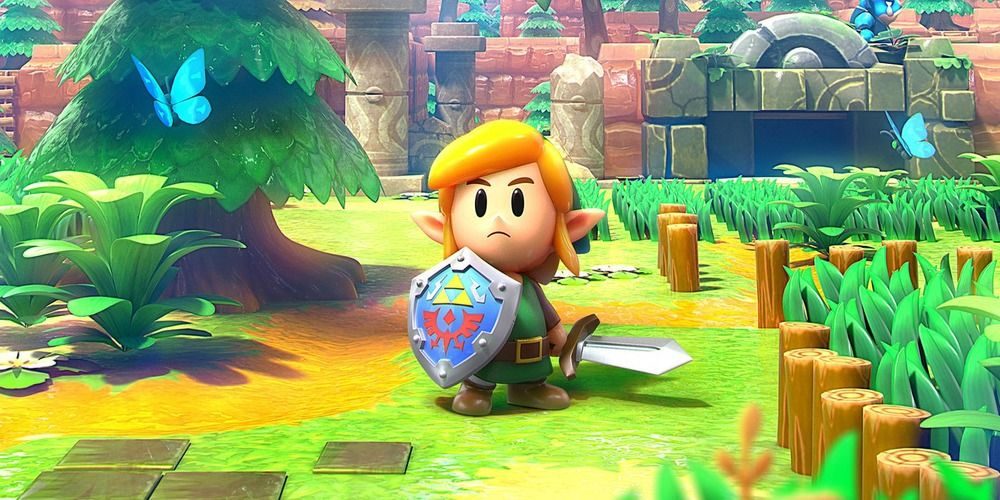
If Zelda goes back to 2D, it stands alongside the indie scene. It showcases that these older takes shouldn’t be abandoned due to their age. Many other games are doing this already, but none have the clout of Zelda. Going back to 2D with its next main entry – not a remake, remaster, or spin-off – would set a major precedent: not every new triple-A title needs to splash out to make a big blockbuster. It could be a hybrid like Octopath Traveler with its 2D sprites on top of its paper-like background, or it could go the full mile and be completely 2D. Whatever it does, going back would be refreshing for gaming and it could pave the way for other studios to do similar things with their own catalogs.
It’s not unlike animation’s seemingly unanimous move toward CGI, leaving 2D behind as a relic of the medium. Disney likely won’t ever make something in the style of The Jungle Book or The Lion King again when Tangled, Moana, and Frozen have such a wide appeal. Anime is huge in its own right but it doesn’t have the same pull in the West as Pixar, Disney, or DreamWorks – all of which have moved toward CGI animation. Indies in gaming hanging onto the old approach is like anime retaining its 2D style. Nintendo taking Zelda back in time would be akin to Disney releasing a new animated film in 2D. It would show that the approach still has a place and it would pave the way for others to do the same in whatever shape or form that might take. I wasn’t particularly optimistic about this ever being a possibility but now, with Metroid Dread, there’s a glimmer of hope on the horizon.
